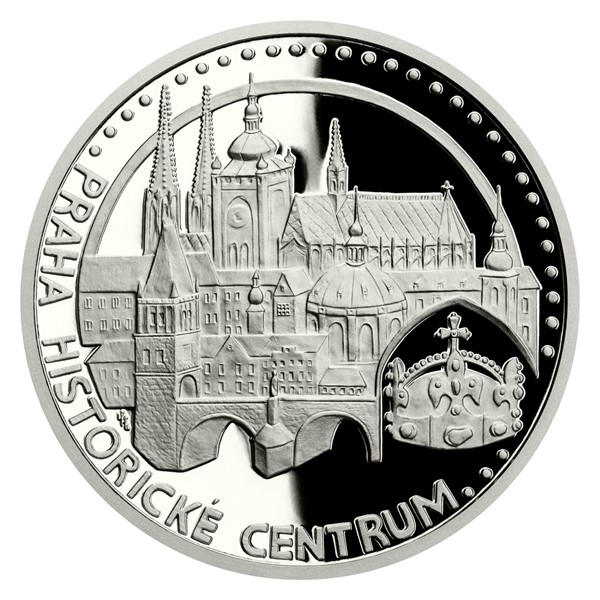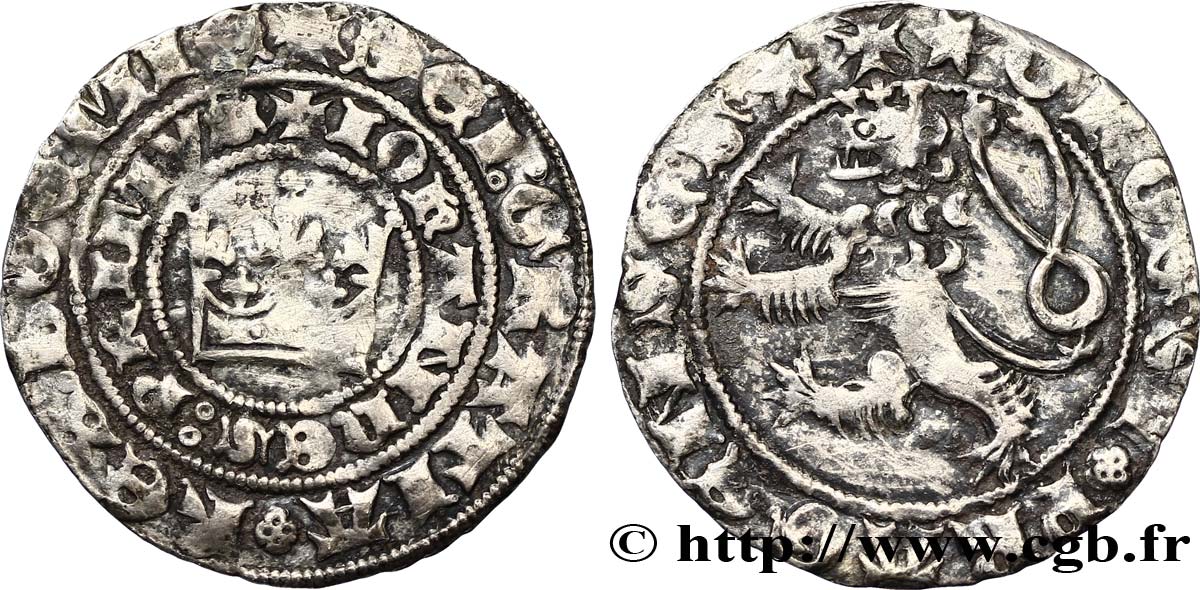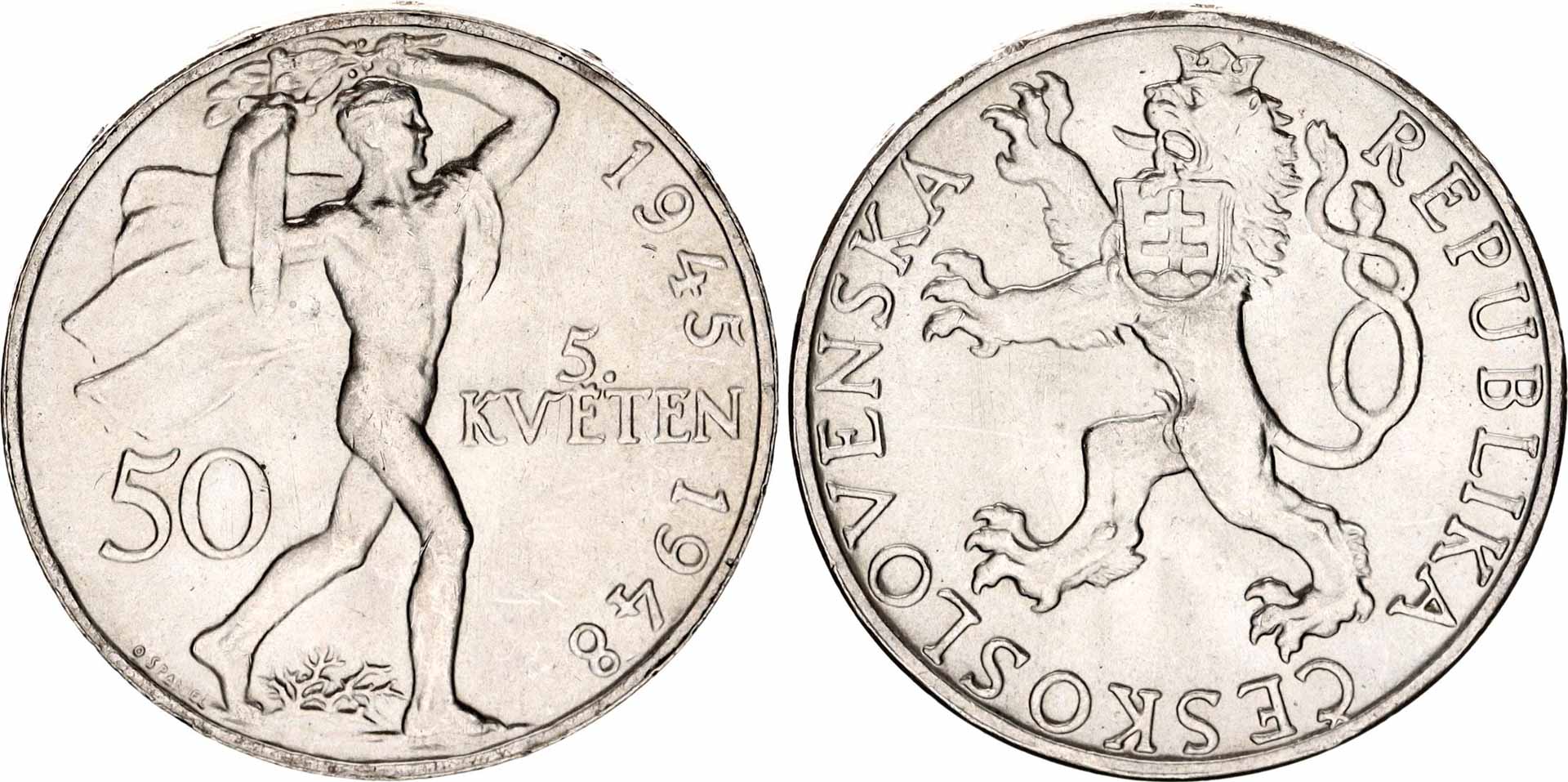Scanning a model made of plaster to create a 3D digital model for gold coins or medals is a process that requires the use of special equipment to capture the physical maquette's features and dimensions in a digital format. The digital replica is utilized for various purposes throughout the process of production.
3D Scanning: High-resolution 3D scanners are utilized to capture all dimension and details of the model. The scanners use a variety of techniques to capture precise measurements.
Capturing surface information - The scanner emits light beams, or lasers onto the plaster model. The distortions or reflections created by these beams are recorded by the scanner. It records the model's surface information.
Data Collection. When the scanner is moving across the surface it gathers a lot of data points. The result is a digital representation of the model’s shape, contours, or details.
Conversion into 3D Model - The data points collected are processed by software that converts them into a 3D digital model. This model is a replica of the physical and dimension of the plaster maquette.
The reasons to create an Digital 3D Model
Digital 3D models can be used to recreate the exact dimensions and details of a real model. This accuracy is crucial in ensuring that the final gold medals or coins match the intended style.
Allowing ModificationsDigital models are easily modified or refined. Designers can alter the 3D models without altering the original plaster maquette.
Compatibility with Manufacturing ProcessesCompatibility with Manufacturing Processes Digital 3D models are compatible with various manufacturing technologies including 3D printing or CNC machine which makes it easier to create molds and dies for mass production.
Digital 3D designs are able to be stored and used as documentation. Digital models can be saved for future use, as reproductions or historical documentation.
By scanning models of plaster and generating 3D digital models Designers and manufacturers can speed up their processes of production to ensure precision of replication and use advanced manufacturing techniques to create gold coins and gold medals with a high degree of precision and fidelity. See the most popular Scanning and 3D Modeling Prague Mint gold coins blog advice. including sd bullion gold, gold and silver dealers near me, gold and silver bullion, $50 gold piece, coins and gold, 10oz gold bars, gold coin 24k price, silver eagle coins, liberty head nickel, 1933 double eagle and more.

How Does A Janvier Machine Transfer The Gold Coin Or Medal Design From The Master Hub To The Working Hub?
A Janvier, also known by the names pantograph and reduction machine, is utilized to transfer the design for a medal or coin from a master hub to an operational hub. This article will explain how it accomplishes this Master Hub Creation-
The master hub is the primary mold or die that is used to create the exact design of the medal or coin. It is made using precision CNC cutting.
Installation for Janvier MachineSetup for Janvier Machine
The Janvier Machine consists of two elements: a stylus to trace the design, and a tool that cuts the design.
The master hub is securely mounted on the Janvier machine, serving as the template from where the design will be transferred.
Tracing the Design-
The stylus on the Janvier machine tracks the contours and fine details of the design of the master hub. When the stylus is moved along the surface of the master hub, it records the design's profile.
Reducing the Design
The cutting tool on the Janvier machine copies the design traced onto the hub that is working, which is usually made of softer material than the master hub, like steel or nickel.
The cutting tools cut or reproduce the design on the smaller scale or at a smaller size, in comparison to the master hub. This reduces the possibility of striking coins and medals in the size you want.
Accuracy and precision
Janvier is a high-precision machine that guarantees a precise transfer of design from the master hub onto the working hub. It faithfully recreates the smallest contours and details.
Quality Control
The final working hub goes through quality checks to ensure it is in compliance with the requirements to strike and is exact.
Additional Processing
The Janvier machine produces a functioning hub that is used in the coin and medal making process. It functions as a die or mold to make multiple medals or coins blanks which have the transfer design.
The Janvier machine plays a crucial role in the minting procedure, as it allows the exact reproduction and resizing of intricate designs on medals or coins from a working hub into the master hub. These working centers are then utilized to create large amounts of medals and coins with the strike method. Follow the most popular janvier processing Prague Mint gold medals more examples. including gold coin shops near me, double eagle coin, 20 dollar gold coin, maple leaf gold coin, kruger rand, silver bars for sale near me, 10oz gold bars, gold coins, 24k gold coin, gold coin 24k price and more.

How Do Dies Get Polished? Ensure That Gold Medals And Coins Have The Perfect Surface?
It is for a variety of reasons that it is crucial to polish dies by hand so that they have a smooth, perfect surface. Enhanced Detail reproduction When you polish the die by hand, any imperfections, burrs or any other irregularities are removed from the die's surface. A smooth surface permits intricate details to be better recreated on the medals and coins.
A die that is polished produces metals and coins with more defined edges, sharper relief, and better particulars. This enhances the overall appearance and the quality of the final product.
Polishing can reduce friction, wear and tear that occurs during the process of striking. A smooth surface on a die decreases the possibility of any defects or irregularities in the struck medals or coins due to rough surfaces.
Consistency of Striking – Hand-polished dies ensure uniformity during the process of minting, by providing an even striking area. Design consistency is crucial to ensure accuracy in depth, size, or overall quality on a variety of coin and medals.
Durability of the Dies- Well-polished dies are less prone to damage or wear in the process of striking. Dies are stronger and last longer and allow for an increased number of strikes to be achieved without sacrificing quality.
Precision and accuracy- Hand-polishing allows the engraver the ability to fine tune and refine particular areas in the die. This ensures that the exact details of the medal or coin are reproduced accurately. The level of precision is crucial to the precision of the final product.
Quality Control - Polishing is part of the quality control procedure. Examining the die during the process of hand polishing permits the detection and correction of any flaws before striking.
Surface Finishing - Polishing may give specific textures or surfaces to the struck medals and coins and improve their appearance.
Overall, meticulous hand polishing of the dies used for gold medals and coins is essential to creating high-end accurate, precise, and visually appealing created products. It is a significant difference in the appearance of the item as well as its durability and consistency. durability. Check out the most popular hand polishing Czechoslovakia gold coins blog examples. including gold dollar coin 2000, 2000 p gold dollar, cost of gold coins, $5 gold piece, sell gold silver near me, silver double eagle coin, five dollar gold piece, 1 10 gold eagle, gold bullion cost, gold and silver buyers near me and more.

How Do You Get Blanks Of Gold Into Coin Presses?
During the coining process Gold blanks are placed in coin presses under high pressure and then stamped to make completed coins or medals. Here's a quick look at loading blanks.
The gold-colored blanks are inserted in the feeder system which is connected to the coin presses. This feeder system ensures that there is a constant supply of blanks.
Feeding Blanks on the Press
The feeder system is used to feed the blanks into the striking chamber inside the coin press, one at a time. This permits precise placement of the blanks.
Alignment and Positioning
The blanks are aligned within the press and placed in the room for striking, making sure they are perfectly placed to enable the stamping.
Moving Under High Pressure
The coin press applies an intense pressure on gold blanks with two dies, one stationary and the other moving. The stationary dent contains the impression of the design that is negative, while the one that can move is known as the Hammer.
The moving die strikes the blank with a significant force, and transfers the design to the surface of the blank. The force generated by the dies creates the design and creates the raised relief and specifics on the coin or medal.
Repeated Striking (Optional)-
For medals or coins with higher quality, especially proof or collector's editions, multiple strikes could be applied to achieve the most precise, sharper image or design. Each strike fine-tunes the details within the blank.
Ejection & Collection
Following the press's operation, freshly-minted coins or medals are released from the press onto trays or containers. The stamped designs are inspected for quality to ensure they are in line with the specifications.
Post-Processing-
The style of the medal or coin may require additional processing such as edge lettering (either edge reeding) or post-strike treatments.
The high pressure of stamping imparts the desired designs on gold-plated blanks, and transforms into finished coins or medals ready for circulation, collections or for commemoration. This process is extremely precise because any alterations in pressure or alignment could impact the appearance and quality of the final product. See the best minting Czechoslovakia gold coins website recommendations. including gold and silver shops near me, coin buy gold, buy silver & gold, gold sovereign coins, gold and silver coins, gold eagle price, american gold eagle 1 oz, gold price apmex, gold eagle coin, gold quarter 2000 and more.
